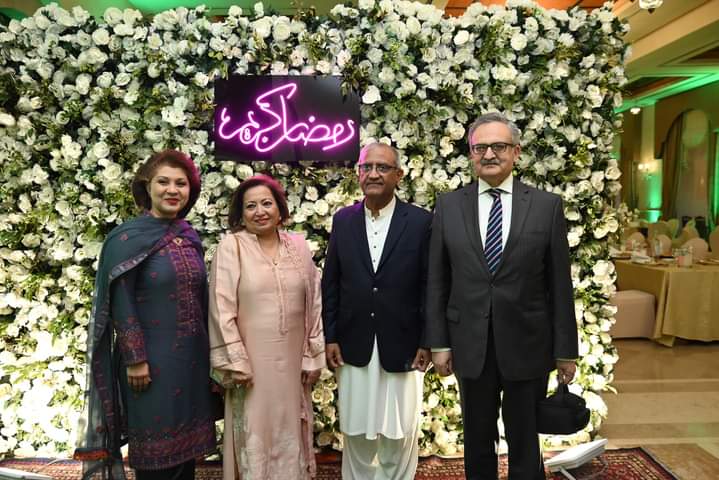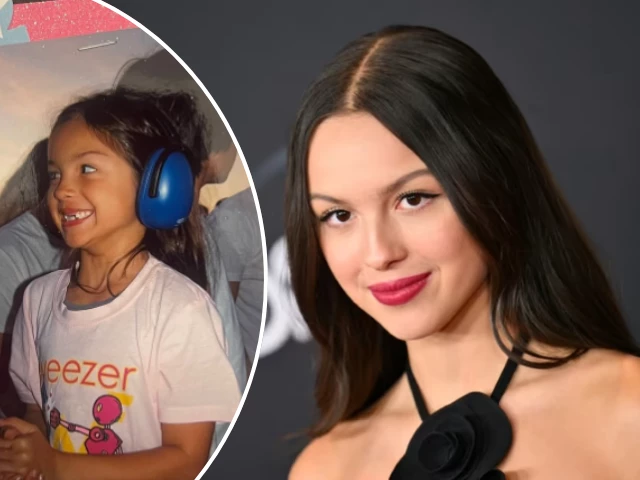karachi-2003 was the year we all lost a friend called Aman Mathur. Essayed to perfection by Shah Rukh Khan, complemented by stellar performances by Saif Ali Khan, Preity Zinta, and Jaya Bachchan, (among others) Aman entered our lives the same way he did Naina Catherine Kapur’s. The friendship was a brief, yet impactful affair.
The cause of this camaraderie was Kal Ho Naa Ho. The Nikhil Advani directorial, penned by Karan Johar, was a hard-hitting watch. Comedic when necessary and a punch to the gut when required, the offering combined storytelling with themes such as love and sacrifice, making it one of the most iconic watches of its time. 20 years down the line, here’s how the film has maintained that status:
Easily one of the strongest parts of the film, Aman entered Naina’s life as an answered prayer. Tying loose ends in her chaotic, upside-down world, Aman taught Naina how to smile, laugh, and eventually, love. A bewitching menace, Aman seemed to put people first, sometimes at the cost of his already failing health.
He was kind to those deprived of gentleness, and empathetic, in his own way, towards those who could not afford the same privilege for themselves. Aman was the rainbow after a heavy spell of rain, and he made love seem easy, no matter how much it broke his heart.
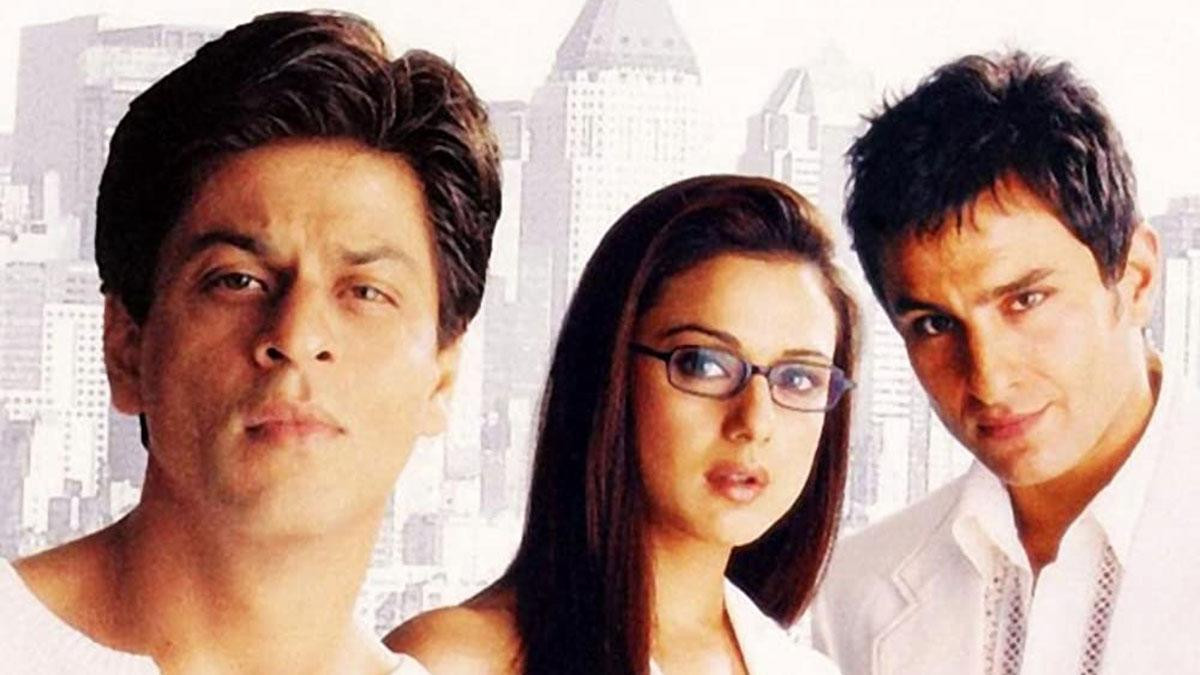
The belief that love and sacrifice go hand-in-hand was a recurring idea put forth by the film. Unconditional love and empathy on Jenny’s (Jaya) part highlighted relentless sacrifice, even in the face of infidelity. However, that love could not compete with overwhelming shame on her husband’s part, leading to his demise.
Naina loved Aman, but had no say in whether she could be with him. The decision was made by Aman, who loved Naina with the entirety of his failing heart, ensuring that she remained loved after his passing. Rohit found love in a friend, but was given the responsibility of being a companion first and partner later, knowing fully well that the woman he loved was already in love with a dying man.
The theme of sacrifice is best highlighted in the unforgettable diary scene. An overwhelmed Aman pretends to read from Rohit’s diary, voicing all that Rohit may feel and not even realise, but also vocalising everything that he, himself feels for Naina. Despite the earnest confession, he ascribes his feelings to Rohit, all in a bid to ensure that Naina does not end up with someone who she will lose.
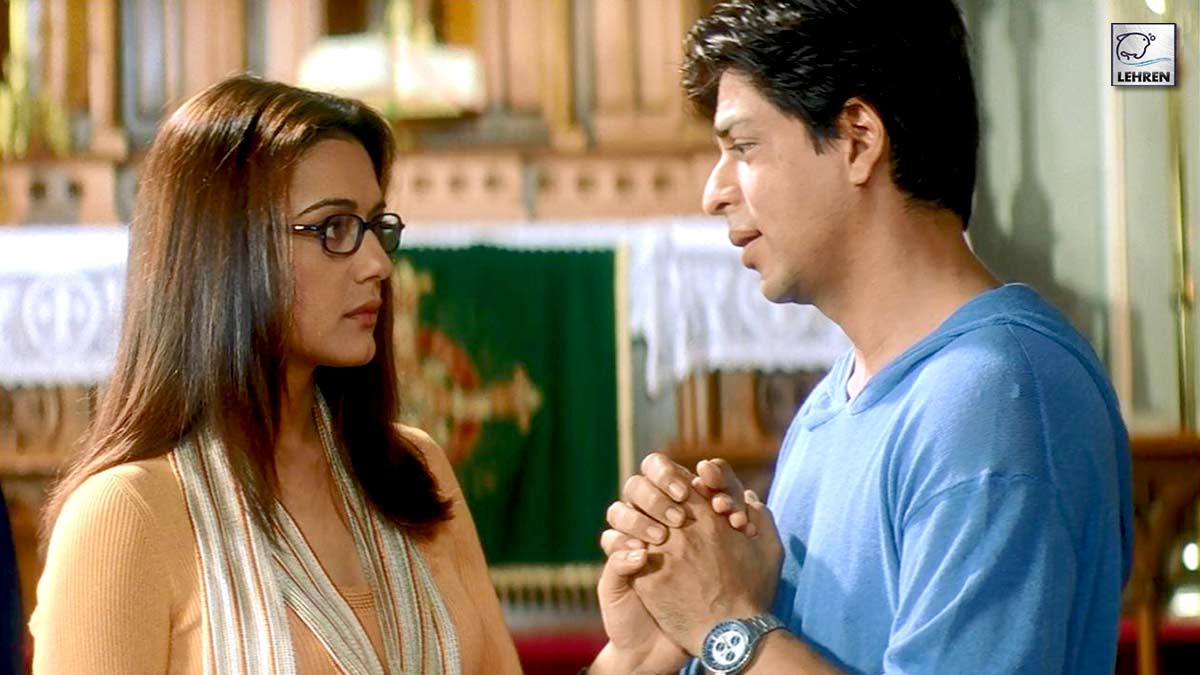
For what could essentially be described as a romantic dramedy to weave in tough-to-tackle themes such as single parenting, interfaith marriages, disability, illegitimate children, and suicide could not have been an easy feat to accomplish. Yet, these are tactfully dealt with in the offering.
Difficult conversations are presented in a quintessential Bollywood style, but they remain impactful. Whether it’s Aman standing up for Naina’s disabled brother, or Jenny’s endless love (and the reason behind the same) for her adoptive daughter Jia and the resulting family dynamics – none of these scenes are particularly easy to watch, but carry immense importance. Suicide, too, emerges as a theme when the audience learns of Naina’s father’s passing, and a sobbing Jenny continues to justify her spouse’s decision, despite all hardships.
Diverse family dynamics were also explored in the narrative, capturing perfectly how volatile and explosive South Asian families can be. However, the offering puts hope in the form of facilitated communication, encouraging the idea of talking things out and not keeping major sacrifices to oneself in an attempt to maintain some semblance of peace.

The phrase Rahul lived by in Kuch Kuch Hota Hai found a new, more evolved meaning in Kal Ho Naa Ho. Love had to take on the form of friendship, because it is made evident that love, alone, cannot suffice. Aman becomes Naina’s friend first, and love is an accidental by-product of the equation. Rohit and Naina, too, are fast friends at the beginning of the film, but find the comfort of a different form of love in the second half of the offering.
The film cements the significance of camaraderie over all else, and the decision can be seen as a surprisingly mature outlook, stepping away from the realm of the flowers and butterflies kind of affection that one may be used to seeing.
this time to Disco
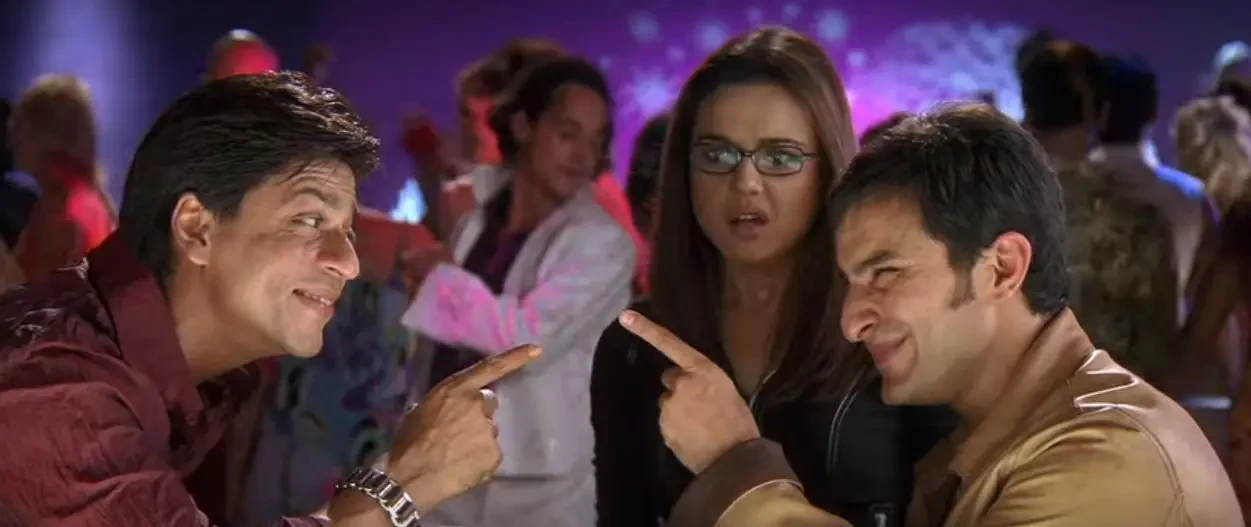
No one can deny the sheer power the music of Kal Ho Naa Ho has held to date. The title track alone is one of the most iconic sounds, with other pieces of gold on the album further ornamenting the musical experience.
Shankar–Ehsaan–Loy worked tirelessly to give one banger after another, with tracks like Pretty Woman, It’s the Time To Disco, and Kuch To Hua Hai maintaining their evergreen status. It’s almost too easy to lose yourself in the film’s musical offerings, and rightfully so.
All in all, Kal Ho Naa Ho continues to be one of the most iconic Bollywood films. Compelling, engaging, and embellished with powerhouse performances, this is one of those films one can watch huddled up with family, or alone on a cold, winter night whilst seeking cathartic release.
